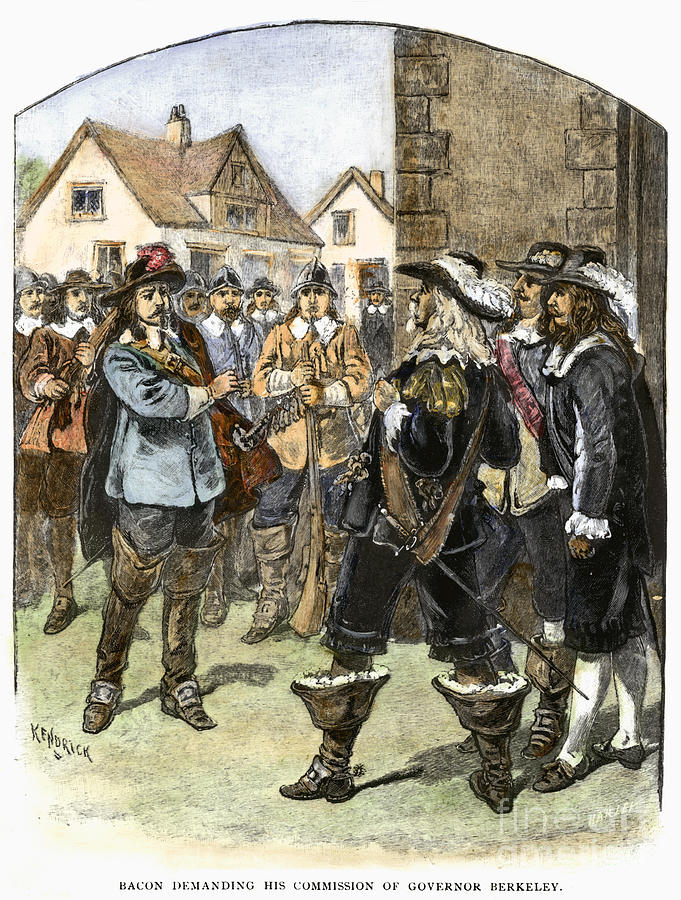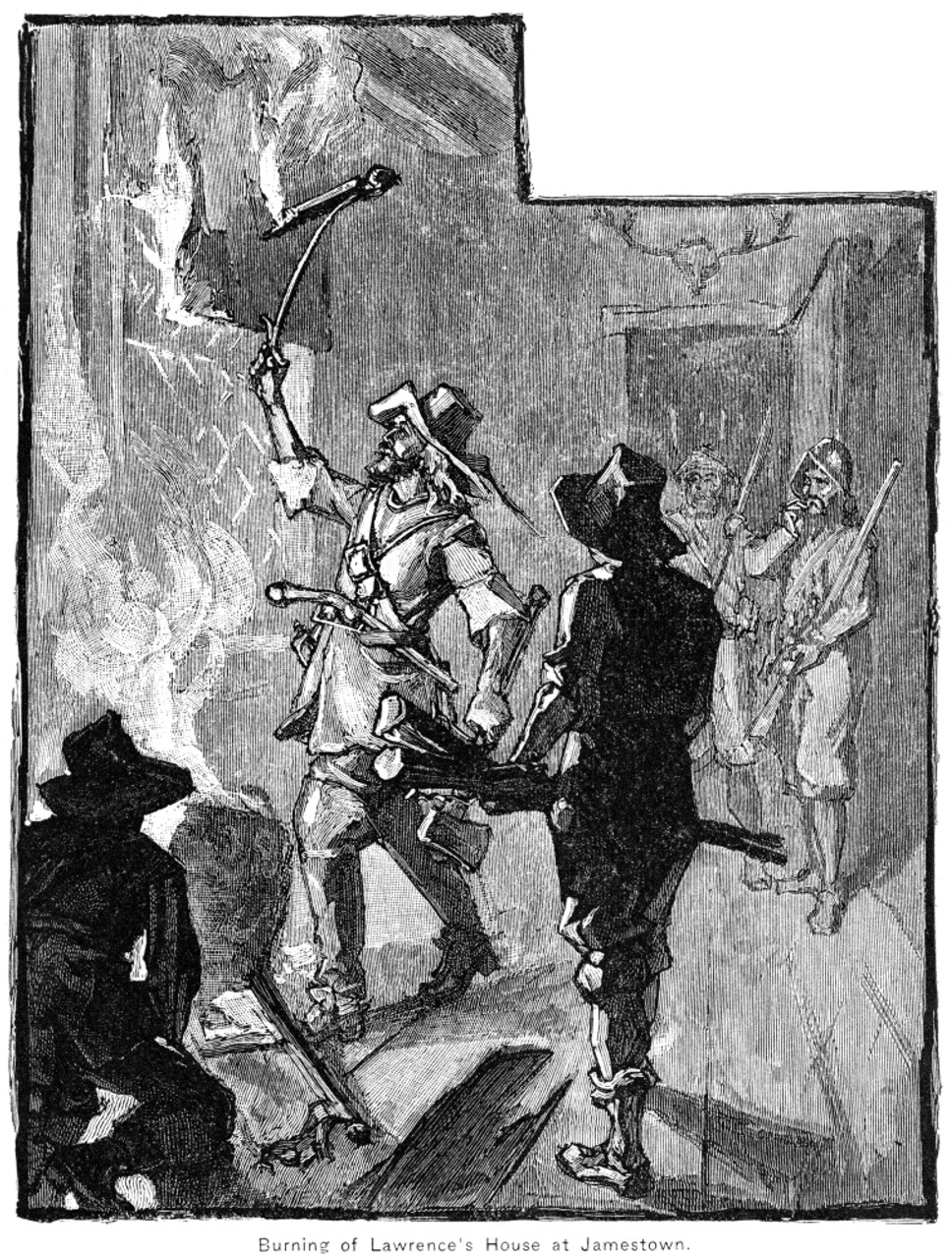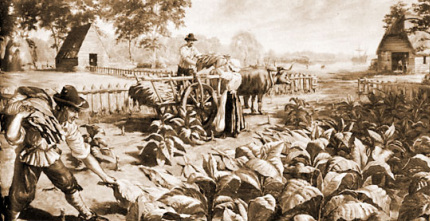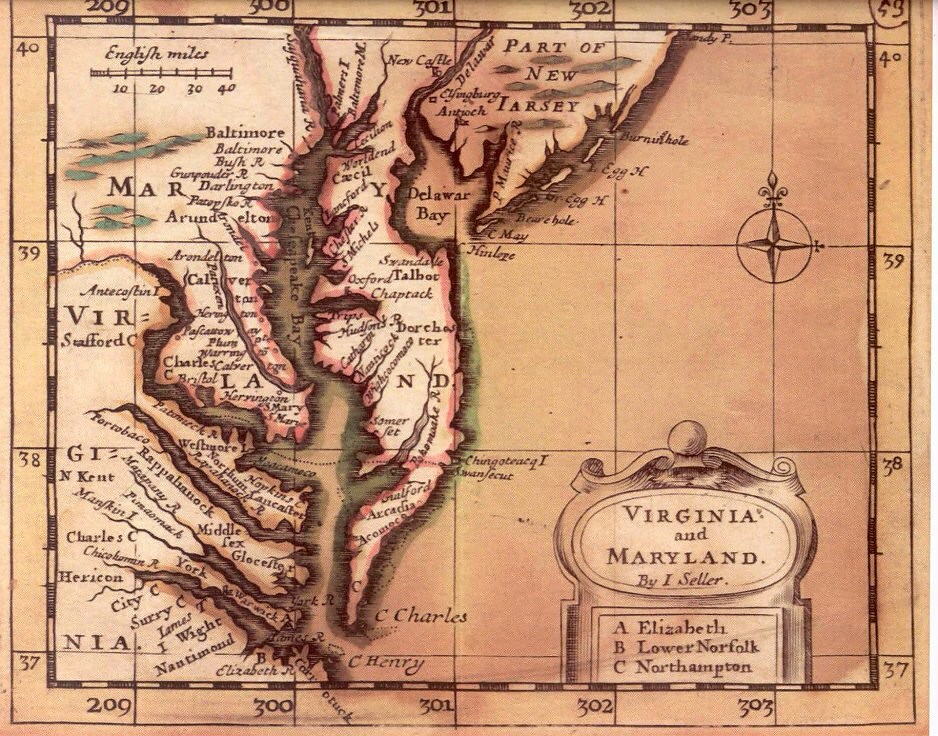Bacon's Rebellion, Part 2
Por um escritor misterioso
Descrição
Historian Robert Dunkerly talked about the effects of Nathaniel Bacon
Historian Robert Dunkerly talked about the effects of Nathaniel Bacon’s violent uprising against the British Colonial Governor in Virginia. In the second part of this two-part class, he spoke about the decline of the rebellion, the aftermath, and how the event is remembered by historians.
In 1676, Nathaniel Bacon led a group of armed settlers against the Colonial Government of Virginia, claiming that Governor William Berkeley was corrupt and had unfairly taxed the colonists. The rebels also asserted that leaders had failed to defend Virginians from Native American attacks. Bacon’s Rebellion attacked Native American villages, killing men, women, and children, then later sacked and burned the capital of Jamestown to the ground. After Bacon died of dysentery, the rebellion collapsed and was quelled by forces loyal to the Governor.
Historian Robert Dunkerly talked about the effects of Nathaniel Bacon’s violent uprising against the British Colonial Governor in Virginia. In the second part of this two-part class, he spoke about the decline of the rebellion, the aftermath, and how the event is remembered by historians.
In 1676, Nathaniel Bacon led a group of armed settlers against the Colonial Government of Virginia, claiming that Governor William Berkeley was corrupt and had unfairly taxed the colonists. The rebels also asserted that leaders had failed to defend Virginians from Native American attacks. Bacon’s Rebellion attacked Native American villages, killing men, women, and children, then later sacked and burned the capital of Jamestown to the ground. After Bacon died of dysentery, the rebellion collapsed and was quelled by forces loyal to the Governor.
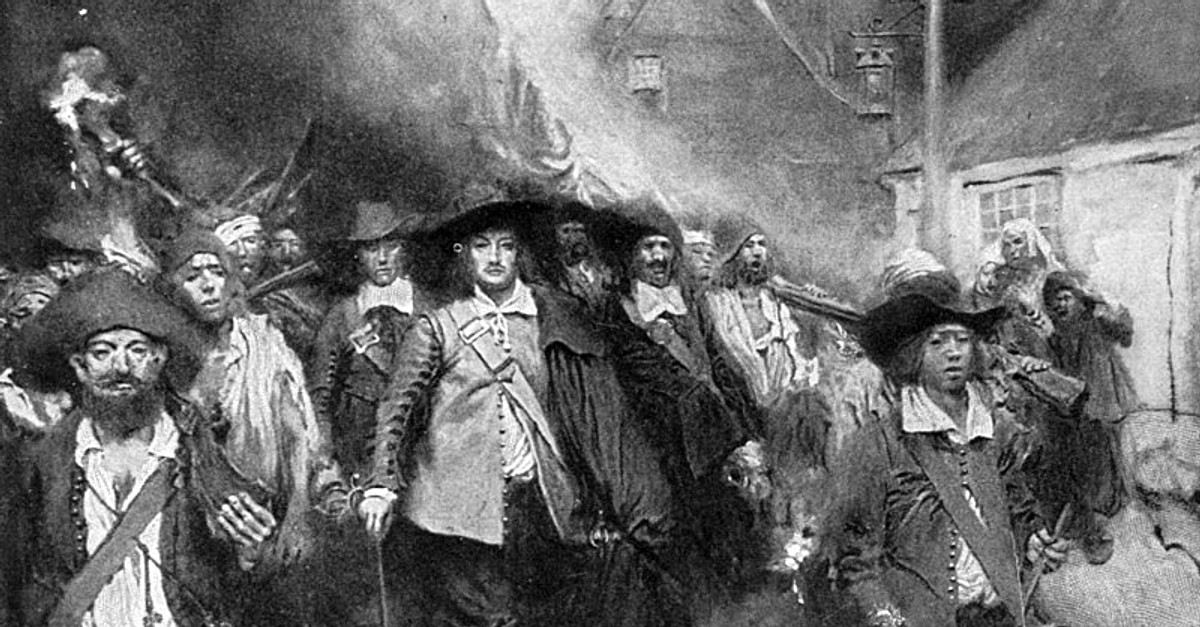
Bacon's Rebellion - World History Encyclopedia
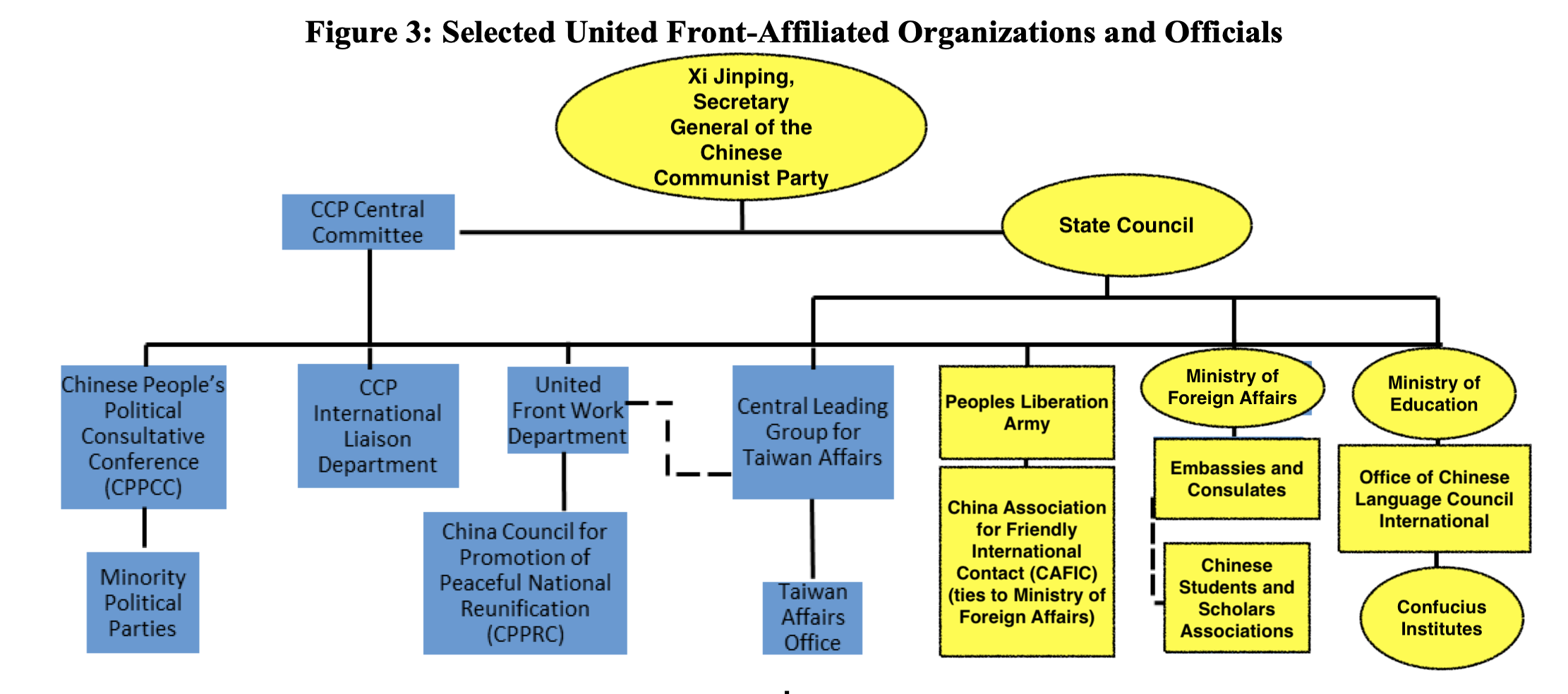
William and Mary and the Chinese Communist Party – Dangerous

Prelude to Bacon's Rebellion

The Colonial Roots of Racism (Part 2): Bacon's Rebellion and the
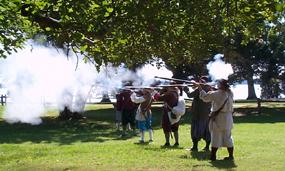
Bacon's Rebellion - Historic Jamestowne Part of Colonial National
Bacons Rebellion, 1676 #2 Photograph by Granger

Bacons Rebellion, 1676 #2 by Granger

Bacon's Rebellion
By the fall of 1676, Bacon and his supporters rose up and plundered the elite's estates and slaughtered nearby Indians. After Governor Berkeley

Bacon’s Rebellion The Declaration 1676 Primary Source Analysis

Indian Relations & Bacon's Rebellion
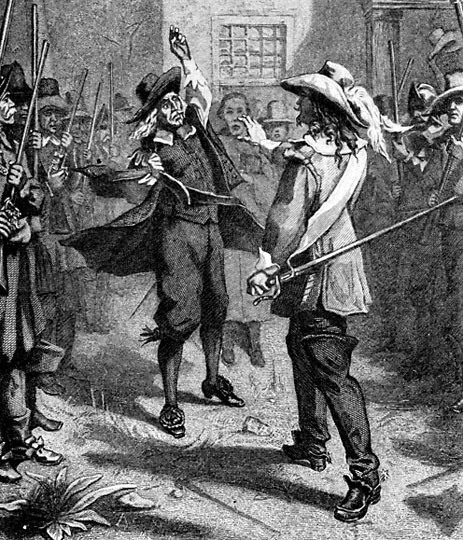
The Origins of Institutionalized Racism – a System to Control
de
por adulto (o preço varia de acordo com o tamanho do grupo)
